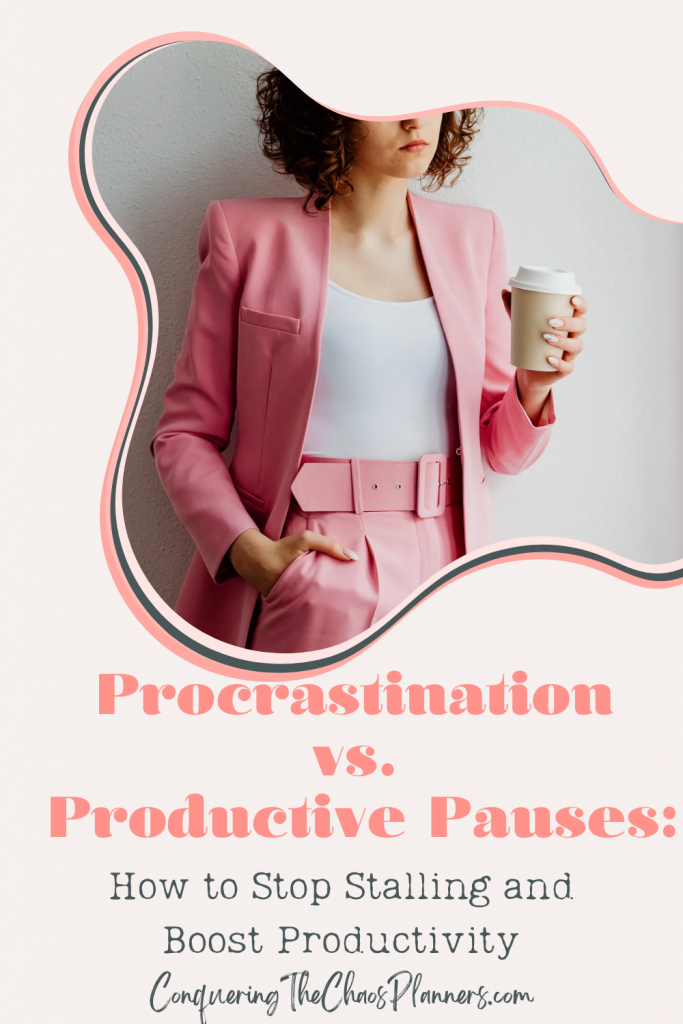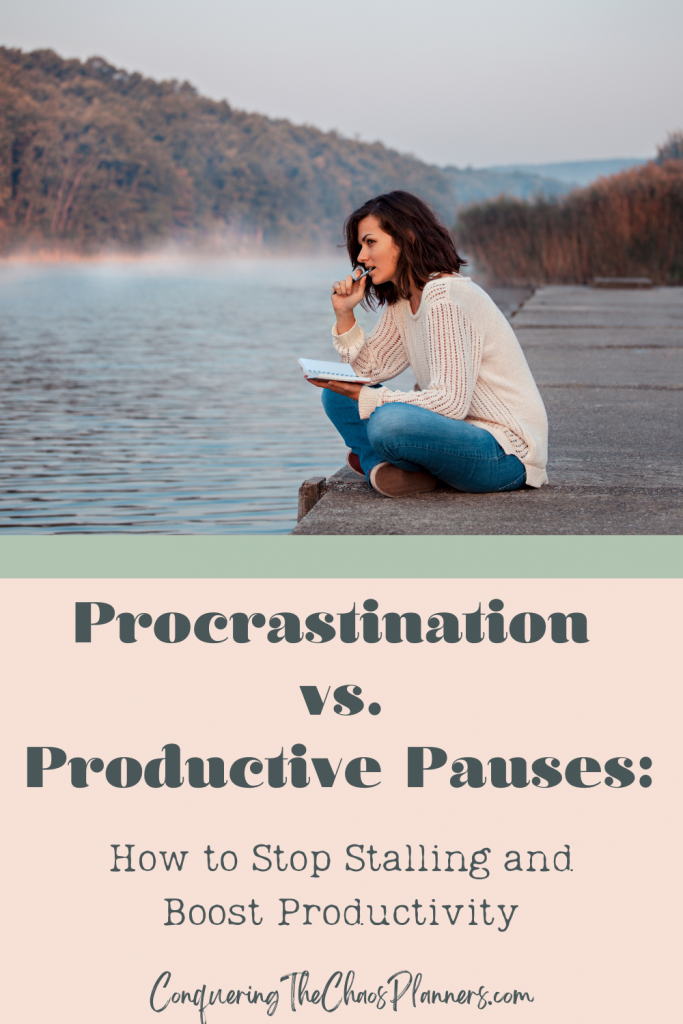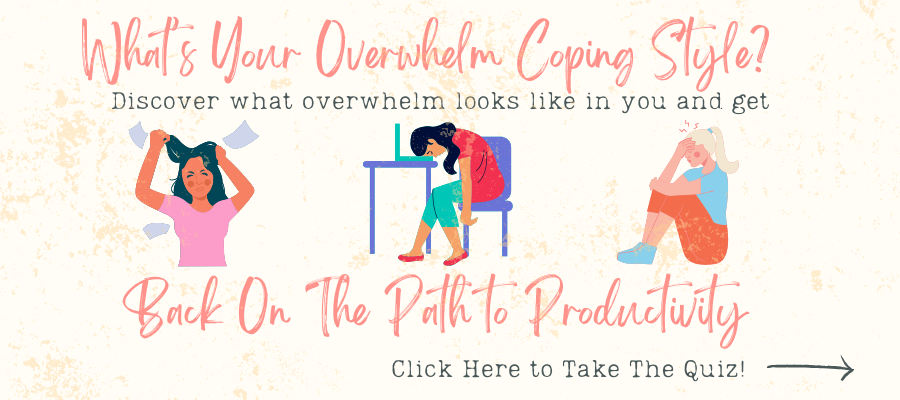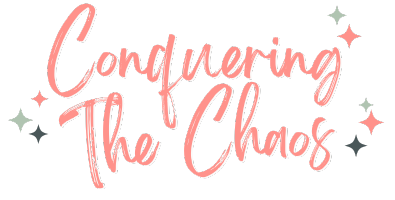
We’ve all faced moments when we sit down to work but end up scrolling through social media or reorganizing our desk instead. Procrastination can sneak up when least expected, often under the guise of something productive. However, not all delays are equal. Sometimes stepping away from work can actually help us recharge and come back with more energy and focus. The key is to understand when you’re procrastinating and when you’re taking a productive, necessary break.
In this post, we’ll explore the difference between procrastination and productive pauses. You’ll learn why we procrastinate, how to spot the signs of stalling, and how to shift toward intentional breaks that enhance productivity. By the end, you’ll have practical tips to stop procrastination and turn pauses into productivity boosters.
What is Procrastination?
Procrastination is the habit of delaying tasks without good reason. It’s that moment when you know you should focus on something important, but instead, you find yourself cleaning the house, scrolling through your phone, or doing anything but the task at hand. Procrastination often comes from avoidance—whether it’s avoiding discomfort, fear of failure, or anxiety about getting started.
One of the biggest misconceptions is that procrastination stems from laziness. Often, it’s the result of feeling overwhelmed, perfectionism, or not knowing where to start. Some people procrastinate because they set unrealistically high expectations for themselves or feel that the task is too daunting to begin.
Common Reasons People Procrastinate:
- Fear of failure: The fear that the outcome won’t meet expectations leads to avoiding the task.
- Perfectionism: The desire for flawless work can prevent you from starting.
- Lack of clarity: When a task feels too big or undefined, it’s easy to push it aside.
- Overwhelm: Facing many responsibilities at once can lead to paralysis, making it hard to prioritize.
- Low motivation: Boring or uninspiring tasks tend to get pushed to the bottom of the list.
Procrastination has a serious impact on your productivity, leading to missed deadlines, increased stress, and a constant cycle of guilt. Ironically, it doesn’t make things easier; it often makes tasks harder by shrinking the available time, intensifying the pressure, and heightening your stress levels.
What Are Productive Pauses?
Unlike procrastination, a productive pause is an intentional break that allows you to recharge and refocus. These pauses are not about avoiding work but about preserving your energy and mental clarity. Research shows that short breaks throughout the day help prevent burnout, enhance focus, and boost creativity. When you step away for a brief pause, your brain continues processing information, often resulting in new ideas and perspectives.
Why Productive Breaks Work:
- Boost Focus: Breaks allow your brain to reset, preventing fatigue and improving concentration.
- Increase Creativity: Stepping away gives your brain time to process information subconsciously, often leading to innovative solutions.
- Reduce Stress: A short mindfulness exercise or walk can lower stress and help you approach tasks with greater clarity.
- Prevent Burnout: Working for long hours without rest leads to burnout, but productive pauses provide the rest needed to maintain long-term productivity.
Procrastination vs. Productive Pauses: Key Differences
Procrastination and productive pauses may seem similar at first—they both involve stepping away from work. But the key difference is in the intent and outcome of each. Procrastination is rooted in avoidance, while a productive pause is a deliberate decision to take a break to recharge and refocus. Here’s how to tell the difference:
1. Intent: Avoidance vs. Renewal
- Procrastination: The intention is to avoid discomfort, anxiety, or difficulty. You delay the task because it feels overwhelming or unpleasant.
- Productive Pause: The goal is renewal. You intentionally step away to rest, recover, and come back with more energy and focus.
2. Energy Level: Drained vs. Recharged
- Procrastination: Often leaves you feeling drained, anxious, or guilty. Even though you’re avoiding work, you don’t feel rested.
- Productive Pause: Leaves you feeling recharged. After a short break, you return to your task with a clearer mind and more energy.
3. Emotional State: Stress/Anxiety vs. Calm/Focus
- Procrastination: Tends to amplify stress and guilt. The longer you avoid the task, the more these feelings grow.
- Productive Pause: Helps you regain calm and focus. A well-timed break reduces stress and helps you approach work with clarity.
4. Time Frame: Indefinite vs. Planned
- Procrastination: Usually open-ended. You delay the task without a plan for when you’ll return to it.
- Productive Pause: Time-bound and intentional. You set a specific time for your break and return to work afterward.

Warning Signs You’re Stalling
It’s easy to confuse procrastination with a productive break. However, there are clear warning signs that you might be stalling:
- Feeling stuck without making progress: Even if you’re busy, you’re not advancing on important tasks.
- Using low-priority tasks to avoid high-priority work: You focus on easy tasks (like organizing your desk) instead of the big, challenging ones.
- Anxiety or guilt during breaks: You feel stressed about not working, even when taking a break.
- Constant task-switching without completion: Jumping between tasks without finishing any.
- Overthinking or perfectionism: Getting stuck in planning or tweaking minor details, delaying action.
How to Stop Stalling and Take Productive Pauses
Once you’ve identified that you’re stalling, it’s time to implement strategies to stop procrastination and turn your pauses into productivity boosters:
- Set clear, achievable goals: Break down large tasks into manageable steps. This reduces the feeling of overwhelm and makes it easier to take action.
- Use time management techniques: Try the Pomodoro Technique, which alternates between 25 minutes of focused work and 5-minute breaks. After four cycles, take a longer break.
- Practice mindfulness: Tuning into your emotions helps you spot procrastination early. Mindfulness exercises like deep breathing or journaling can help you reset.
- Hold yourself accountable: Share your goals with a partner or accountability group to stay on track.
- Limit digital distractions: Use tools like website blockers to prevent distractions during work hours.
- Set time limits for breaks: Plan your breaks and set a timer to avoid letting them stretch into procrastination.
- Engage in active rest: Physical activities like stretching, walking, or even a short creative activity can help reset your brain.
Conclusion
Knowing the difference between procrastination and productive pauses is crucial for balancing work and rest. Procrastination stems from avoidance, often fueled by fear or overwhelm, while productive pauses recharge your energy and improve focus. By learning to recognize the signs of stalling and implementing effective break strategies, you can break the cycle of procrastination and make your pauses more purposeful.
The next time you feel the urge to step away from work, ask yourself: Am I avoiding, or am I recharging? With the right approach, you can turn breaks into powerful tools that drive your productivity and keep you on track toward achieving your goals.
Feeling Overwhelmed & Don’t Know Where To Start?

